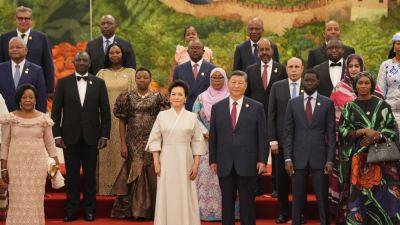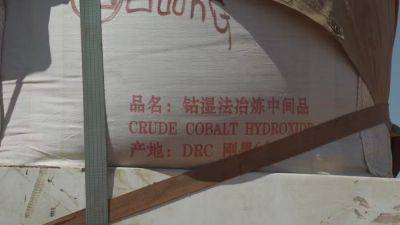China's binge-buying of chipmaking equipment could yield another overcapacity problem
China is ramping up spending on chip manufacturing equipment, surpassing the combined expenditure of the U.S., South Korea, Taiwan and Japan in the first half of the year, according to an industry report Thursday.
The outsized investment is driven by Beijing's endeavors for chip self-sufficiency as it hopes to hedge against further risks of Western restrictions that could thwart its access to the critical technology.
In the first half of 2024, China splurged a whopping $24.73 billion on procuring chip manufacturing equipment, according to data from SEMI, a global semiconductor industry association. That's more than the $23.68 billion spent by South Korea, Taiwan, North America and Japan combined, during the same period. The U.S. accounted for most of the spending in North America.
China's binge-buying has accelerated since the U.S. introduced tighter export restrictions in October 2022. Annual spending surged from $28 billion in 2022 to $36.6 billion in 2023, according to SEMI, which projects the figure to exceed $35 billion this year.
The hoarding is likely to extend into the second half of this year, Clark Tseng, senior director at SEMI told CNBC, but he anticipates a slowdown next year to "digest the capacity."
Such over-investment will ultimately lead to "inefficient or underutilized capacity in the future," creating pricing pressure for industry peers outside of China, Tseng said.
China has more experience in producing older-generation chips, which are built on nodes that are at least 20 nanometers. These chips are widely used in consumer electronics, cars and home appliances.
To some extent, China is "well on its way" to being able to produce legacy chips, Alex Capri, a senior lecturer at the National University of







